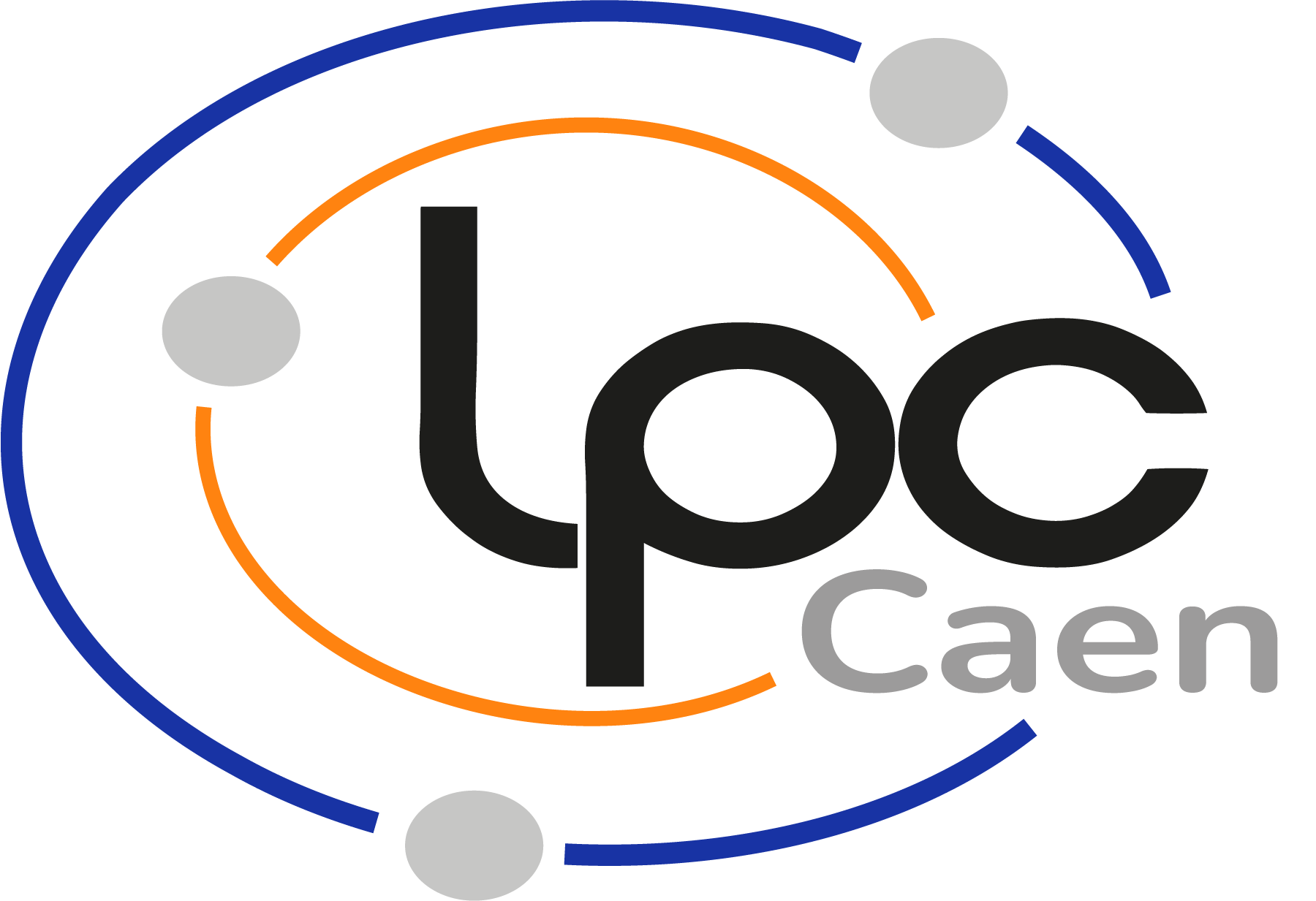Science with the Einstein Telescope: a comparison of different designs
Résumé
The Einstein Telescope (ET), the European project for a third-generation gravitational-wave detector, has a reference configuration based on a triangular shape consisting of three nested detectors with 10 km arms, where in each arm there is a `xylophone' configuration made of an interferometer tuned toward high frequencies, and an interferometer tuned toward low frequencies and working at cryogenic temperature. Here, we examine the scientific perspectives under possible variations of this reference design. We perform a detailed evaluation of the science case for a single triangular geometry observatory, and we compare it with the results obtained for a network of two L-shaped detectors (either parallel or misaligned) located in Europe, considering different choices of arm-length for both the triangle and the 2L geometries. We also study how the science output changes in the absence of the low-frequency instrument, both for the triangle and the 2L configurations. We examine a broad class of simple `metrics' that quantify the science output, related to compact binary coalescences, multi-messenger astronomy and stochastic backgrounds, and we then examine the impact of different detector designs on a more specific set of scientific objectives.
Fichier principal
 Branchesi_2023_J._Cosmol._Astropart._Phys._2023_068.pdf (16.83 Mo)
Télécharger le fichier
Branchesi_2023_J._Cosmol._Astropart._Phys._2023_068.pdf (16.83 Mo)
Télécharger le fichier
| Origine | Fichiers éditeurs autorisés sur une archive ouverte |
|---|


